One of the most important space launches of 2023 is set to take place on April 13 from the Kourou launch pad in French Guiana. The Ariane 5 rocket will send some JUICE into space — which is the name of the European Space Agency’s (ESA) most ambitious interplanetary mission. In this material, we will talk about the history, technical design and main tasks of this project.
History of the project
At the end of the first decade of our century, the idea of the JGO (Jupiter Ganymede Orbiter) mission was born at ESA. Its goal was to investigate Ganymede — the largest satellite of all the planets in the Solar System, which even exceeds Mercury by size. The European device was supposed to enter a permanent orbit around this celestial body and study it for several years.
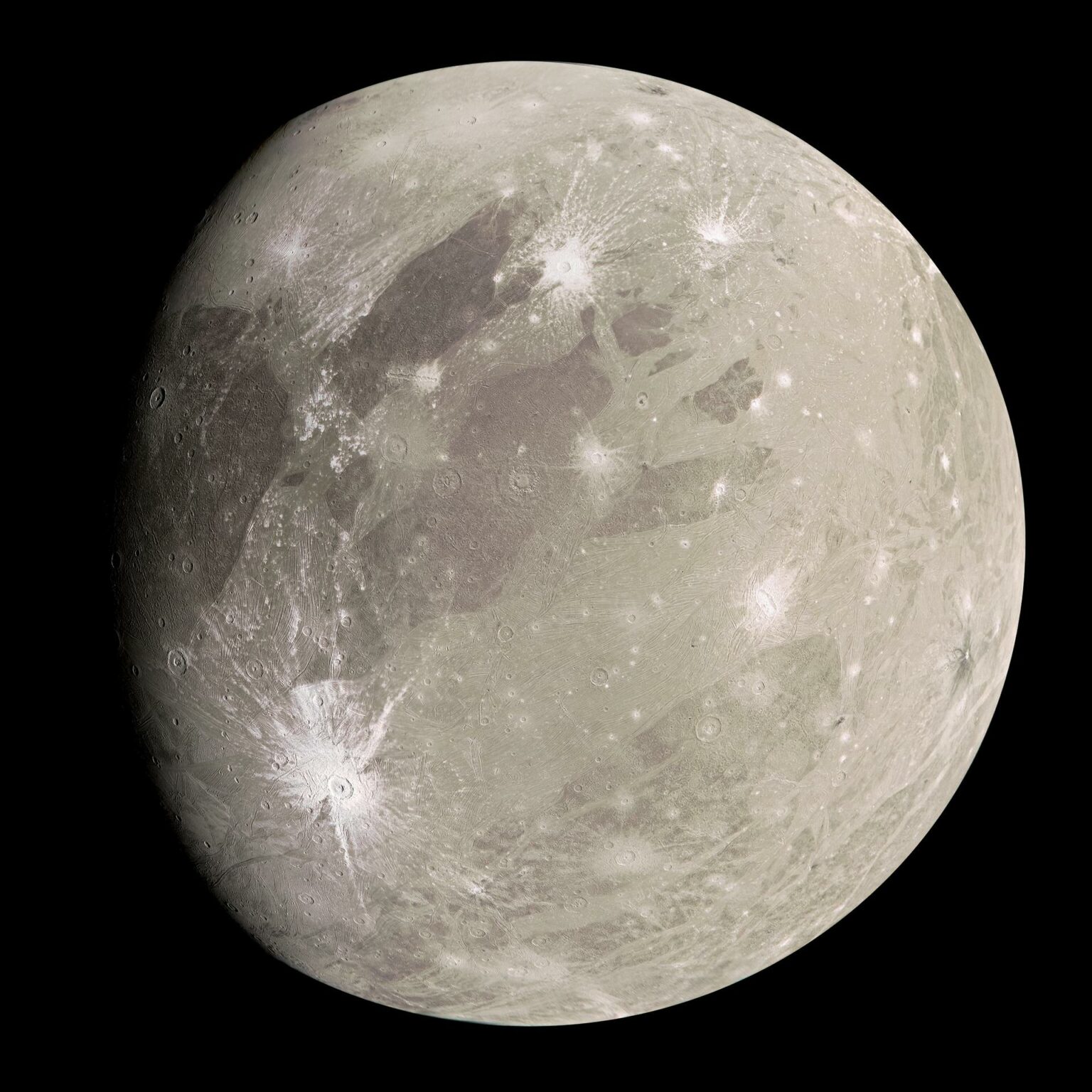
JGO was planned as part of a joint project with NASA — EJSM-Laplace. But due to financial difficulties that arose at the turn of the decade, the American aerospace administration had to withdraw from the program (by the way, a similar situation arose with the infamous ExoMars mission).
As for ESA, the management of the organization did not give up the idea of launching a mission to Jupiter. However, its concept was completely redesigned. ESA decided to significantly expand it and make it its flagship mission for the 2020s. The updated project was named JUICE (Jupiter Icy Moons Explorer).
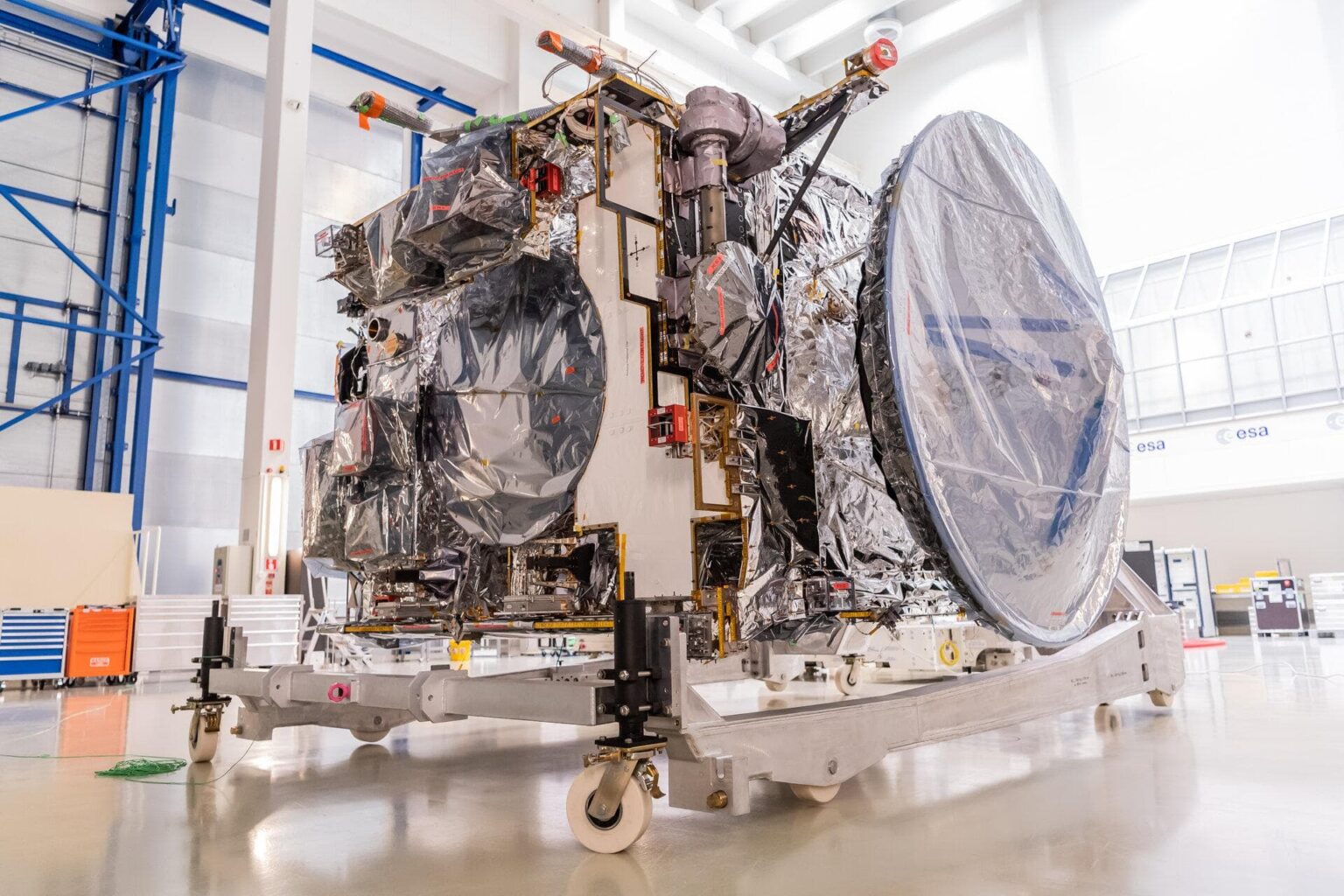
JUICE was approved in 2012. Construction of the device began in 2015. The main contractor of the project was Airbus, more than 80 different European companies also participated in the work. The assembly of JUICE was completed in May 2022, the total cost of its creation was 870 million euros. After completing numerous tests, it was transported to the Kourou lunch pad in French Guiana and prepared for launch.
The main tasks of JUICE
The JUICE mission will explore Ganymede, Callisto and Europa. These are the three largest icy moons of Jupiter. Their common feature, with a high degree of probability, is the presence of subsurface oceans of liquid water. And where there is water, as you know, there can be life.
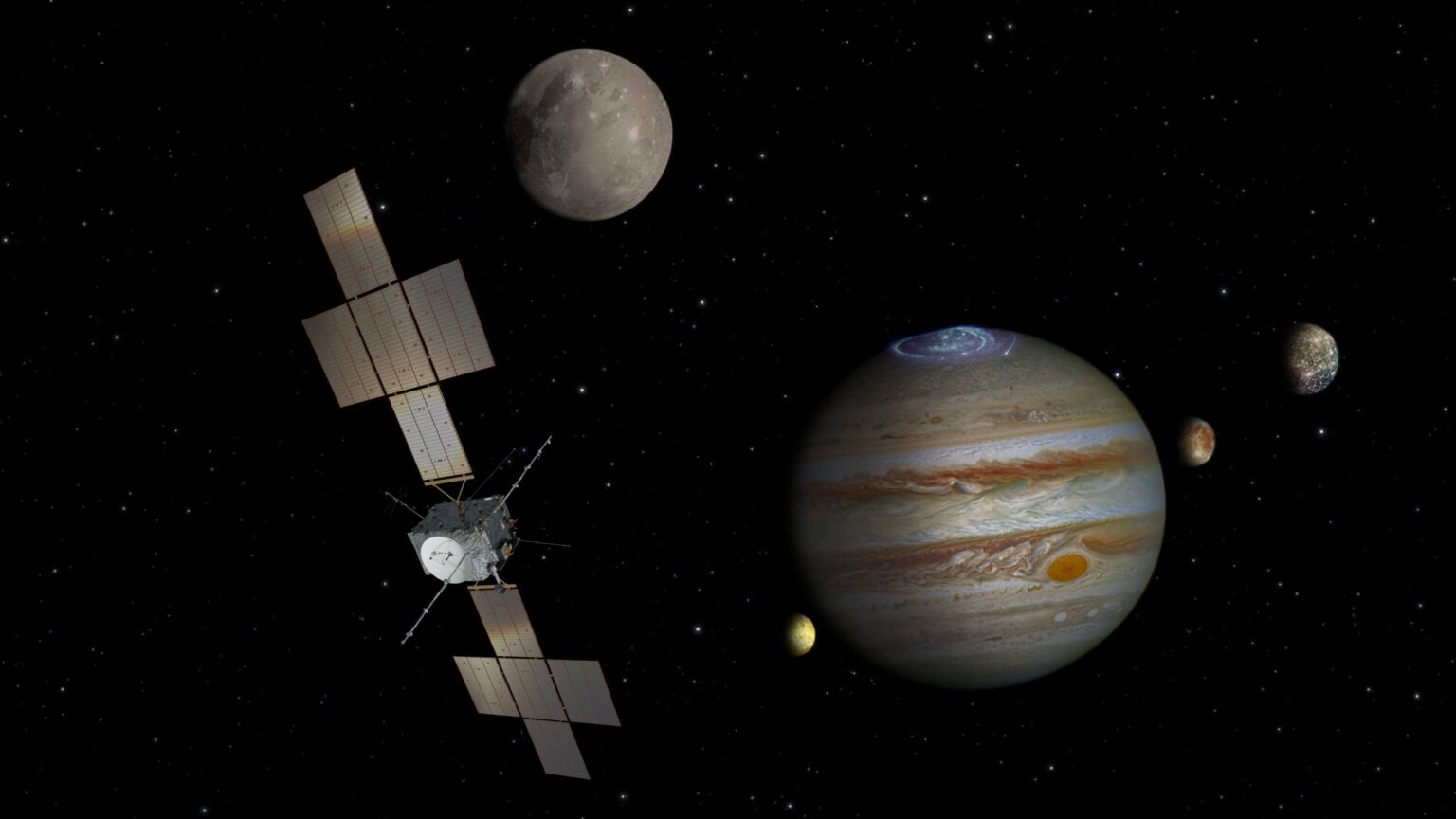
Of course, JUICE is not designed to land on Jupiter’s moons to drill into the surface and directly search for life. Such tasks can be assigned to subsequent missions. But before launching them, scientists need to get confirmation that oceans are really hidden under the icy surface of Jupiter’s moons, and also to find out their basic properties. This is one of the key tasks of JUICE. The device should determine the characteristics of the oceans of Ganymede, Europa, and Callisto, which, in turn, will make it possible to conduct a basic assessment of their viability.
JUICE will also perform detailed scans of the satellites, make detailed topographic maps of them, and determine the chemical composition of the surface. Another important task of the mission is the study of Ganymede’s magnetosphere. It is the only satellite in the solar system that has its own magnetic field. Scientists are very interested in the mechanism of its origin and how exactly it interacts with Jupiter’s magnetosphere.
Technical design of JUICE
The weight of JUICE (including fuel) is 6042 kg. It is the heaviest interplanetary vehicle ever built by ESA.
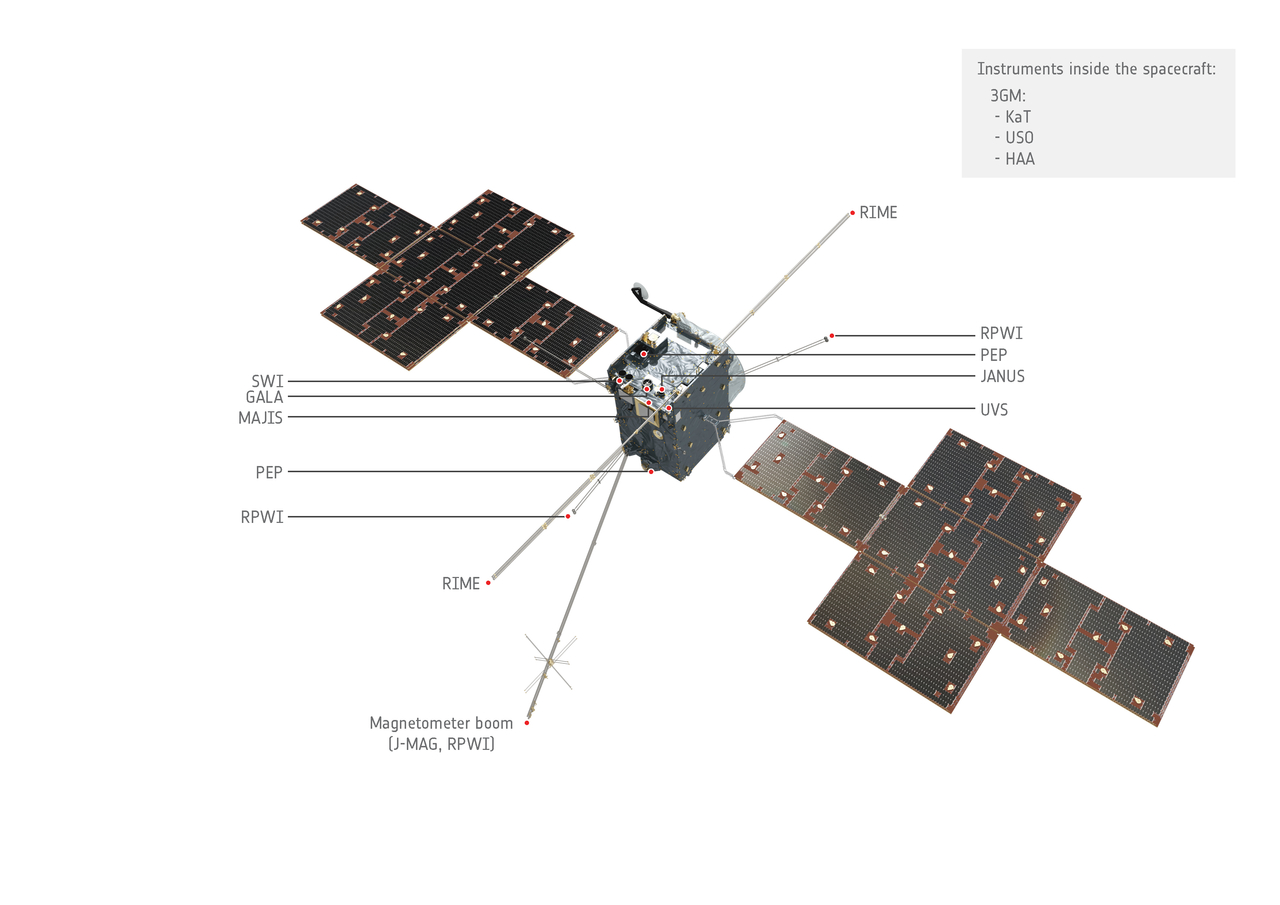
JUICE received a rather significant scientific toolkit consisting of ten instruments created by various European scientific institutions with the support of NASA and JAXA. Among them are high-resolution cameras, spectrometers, magnetometer, radar, laser altimeter, as well as devices for measuring the characteristics of charged particles and gravitational fields.
The device will be powered by solar batteries. In the unfolded state, their area will be almost 90 m². Such significant sizes are explained by the fact that the surroundings of Jupiter receive 27 times less light than Earth. In addition, since Jupiter has quite powerful radiation belts, engineers had to equip the device’s electronics with enhanced protection.
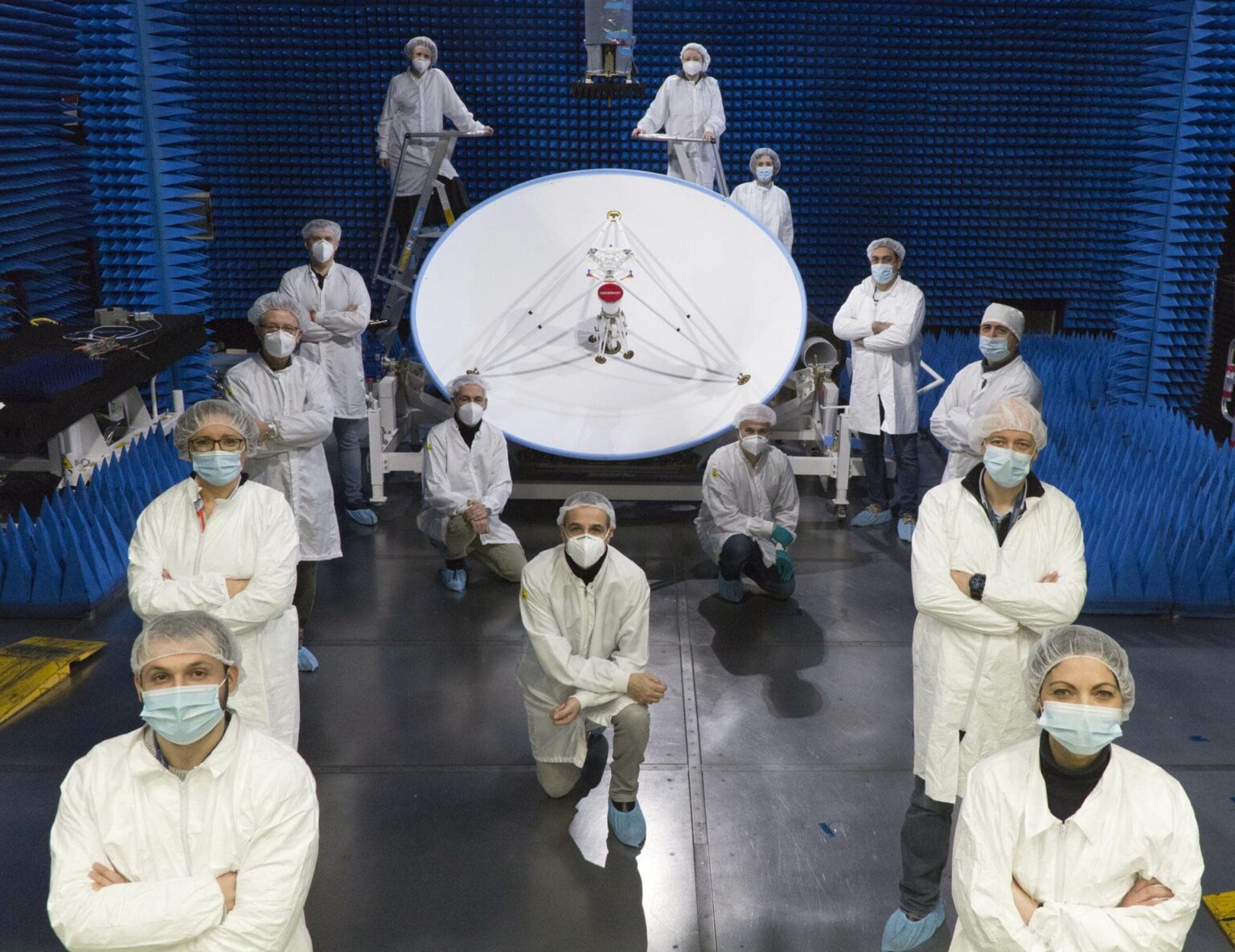
As for communication with the Earth, a 3.2-meter antenna will be used for it. It is expected that it will provide the transfer of about 1.4 GB of data per day.
The final touch was the installation of a memorial plaque on the JUICE case. It has an image of several pages from the treatise Sidereus Nuncius published in 1610. In it, Galileo Galilei first told the world about the discovery of the four largest moons of Jupiter.
An eight-year journey to Jupiter
The JUICE launch ballistic window will be open between April 14 and 30, 2023. The Ariane 5 rocket will be used for the mission, the main fairing of which will be decorated with a drawing of a Ukrainian girl. JUICE will be the last vehicle sent into space by this launch vehicle. After the launch, ESA’s main workhorse of the last decades will go on a well-deserved rest.
But even the power of Ariane 5 is not enough to send JUICE directly to Jupiter. To gain the necessary speed to reach the fifth planet of the solar system, the probe will perform four gravitational acceleration maneuvers. The first will take place in August 2024, when JUICE will make a flyby of the Moon and Earth. In a year, the device will visit the outskirts of Venus. In September 2026, JUICE will approach Earth for the second time, then pass through the asteroid belt, and then return to our planet again. The final gravitational maneuver near the Earth will take place in January 2029. It will finally allow the device to set course for Jupiter.
JUICE will reach Jupiter in 2031. So, the European explorer will need eight years to approach its goal.
On the outskirts of Jupiter
JUICE will flyby Ganymede in July 2031. This maneuver will allow it to enter its original orbit around Jupiter. Exactly one year later, JUICE will make the first of two planned flybys of Europa. The main attention will be paid to the study of its active zones. The results of the observations indicate the possibility of the existence of geysers fed by small subsurface reservoirs, which may be connected to the ocean. If JUICE is lucky enough to pass through one of the geysers’ emissions, it will be able to perform a detailed chemical analysis of the water.
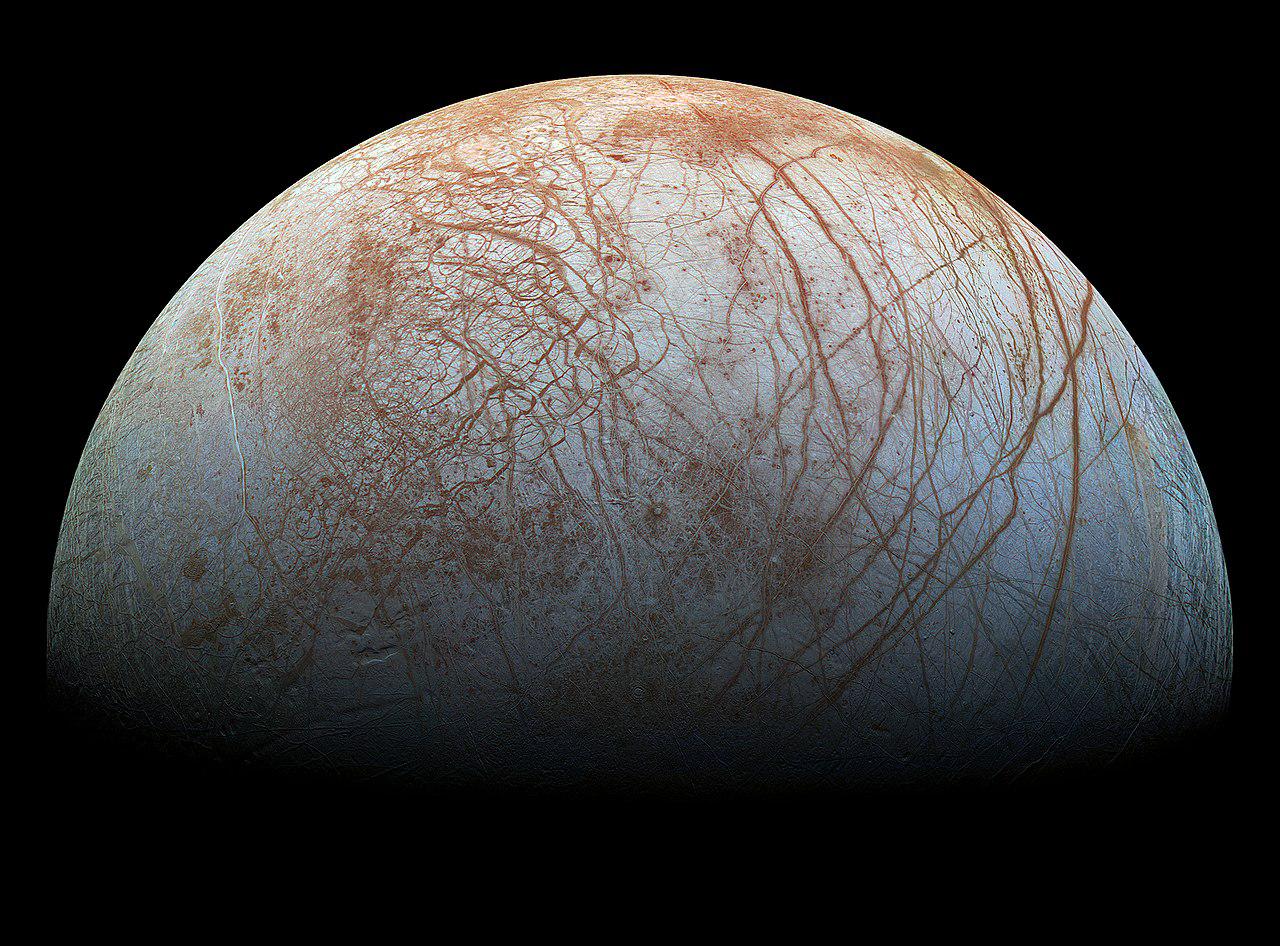
After the rendezvous with Europa, JUICE will begin a series of approaches to Callisto. In total, during its mission, it will perform 21 flybys of the satellite. JUICE will closely examine this moon and use its gravity to increase the inclination of its own orbit. This will give the device the opportunity to study the polar regions of Jupiter.
In December 2034, JUICE will begin the next phase of its mission. The device will perform a maneuver that will put it into orbit around Ganymede. So JUICE will be the first Earth messenger in history to enter a permanent orbit around a satellite of another planet.
Although Ganymede does not have a significant atmosphere, JUICE’s orbit will gradually descend. This will happen under the influence of a combination of various factors, including inhomogeneities of the satellite’s gravitational field, as well as the influence of Jupiter and its other moons.
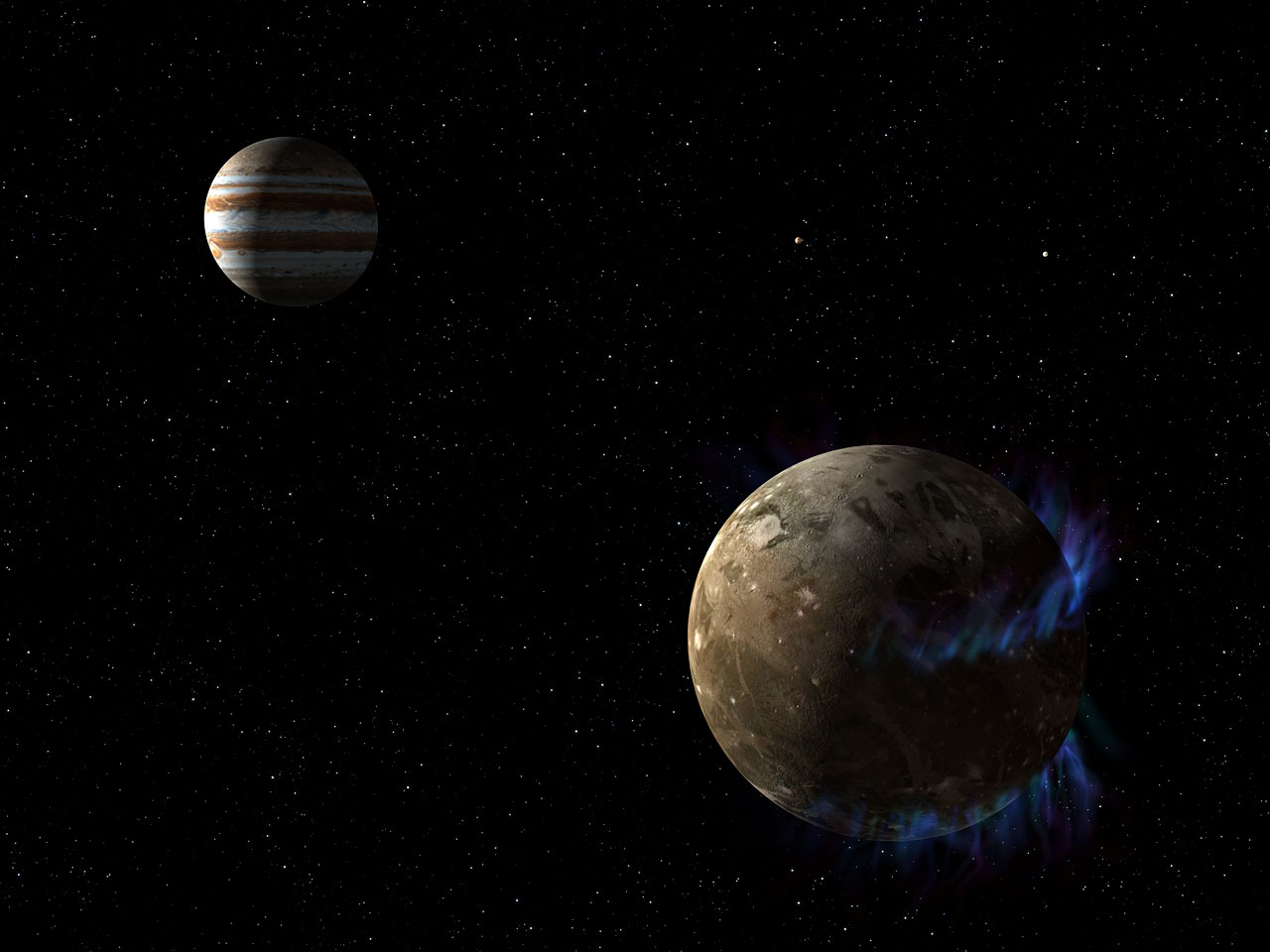
To counter the altitude loss, JUICE will have to use thrusters. Over time, the Earth messenger will completely exhaust its fuel reserves, lose the ability to maintain an orbit, after which it will crash into the icy surface of Ganymede. According to preliminary estimates, this will happen sometime at the end of 2035. However, it cannot be ruled out that European specialists will find some cunning way to extend the term of the mission. The engineers are inspired by lots of such examples in the history of cosmonautics.
But no matter how exactly JUICE mission ends, the data collected by the device will surely significantly change the scientific understanding of the icy worlds around the largest planet in the Solar System. And who knows? Perhaps the European investigative robot will really be able to find some signs indicating life out there.

